The focal length/distance (18mm, 50mm, 300mm) is not only about how far the objects will be wholesale in your picture. It is also a parameter that greatly influences the way objects are perceived in relation to each other, and therefore it can dramatically alter the rendering of your images. You should therefore take this into account when buying a lens and taking a picture. Find out how to play it!
If you prefer this format, I also treated the subject in a video, in a few minutes and with humour here :
Definition of focal length
The focal length (also known as focal length or focal lengthI’ll use those terms interchangeably in the article).is the distance between the optical center of the lens and the focal point.
Yeah, I know, it’s good for you.
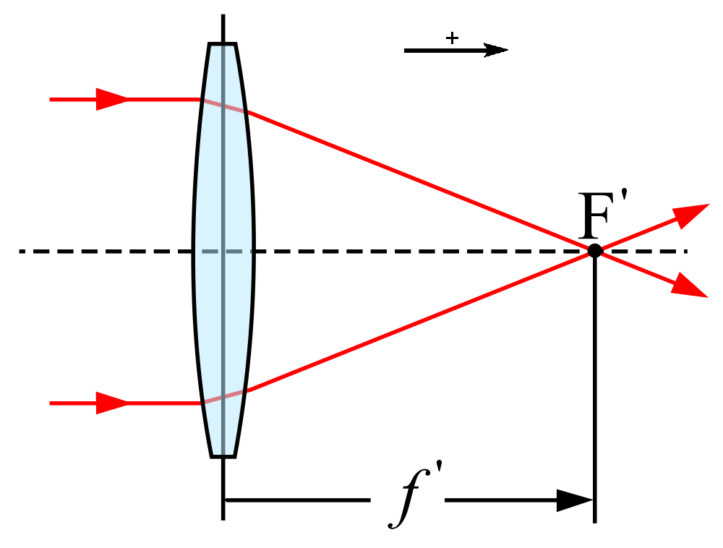
To simplify matters to the extreme, it is expressed in millimetres (mm), and you see it on the lens. It indicates roughly (very roughly), the “zoom level”.
Let’s take a look at it in a little more detail 🙂
Focal length categories
Traditionally, when we think of focal length, we think mostly of “zoom importance”, i.e. how important our subject is going to be magnified by the objective. If you’re a little more specific, you can even think in categories:
- a focal length standard (50 mm or 35 mm depending on sensor size) that approximates the angle of vision of the human eye…
- a focal length wide-angle (e.g. 18 mm)which reduces the size of objects and gives a larger angle of view, as its name indicates.
- a focal length telephoto lens (e.g. 250 mm)which enlarges the size of the objects, but also gives a narrower angle of view.
As you may have gathered, I want to lead you on the difference between…visual angle. It is obvious that a larger focal length “magnifies” the subjects, but this is not the only effect it has.
The angle of view
And yes, zooming in and out doesn’t just magnify or de-zoom, it changes the way objects are perceived in relation to each other, including the distances between them.
To show you better, I used two figurines: Groot and Axolot (in pink).
Between the 4 following pictures, I did not change the size of the objects. All I did was change my distance from the subject of so that Groot occupies the same place in the frame, which is about the same height. (Note that these different shots correspond to different choices for Groot to occupy the full height: zoom in or zoom out).
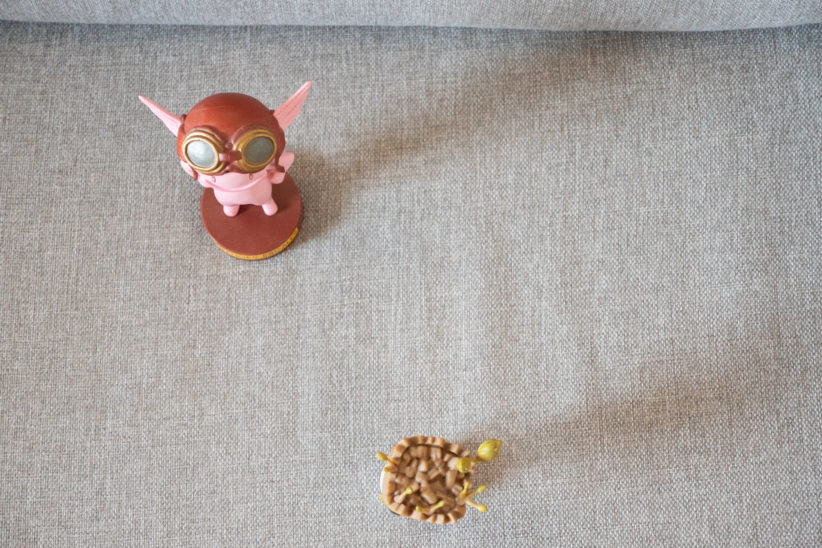
This way, you will better see the difference between the different focal lengths. Without further ado, let’s see what it looks like:
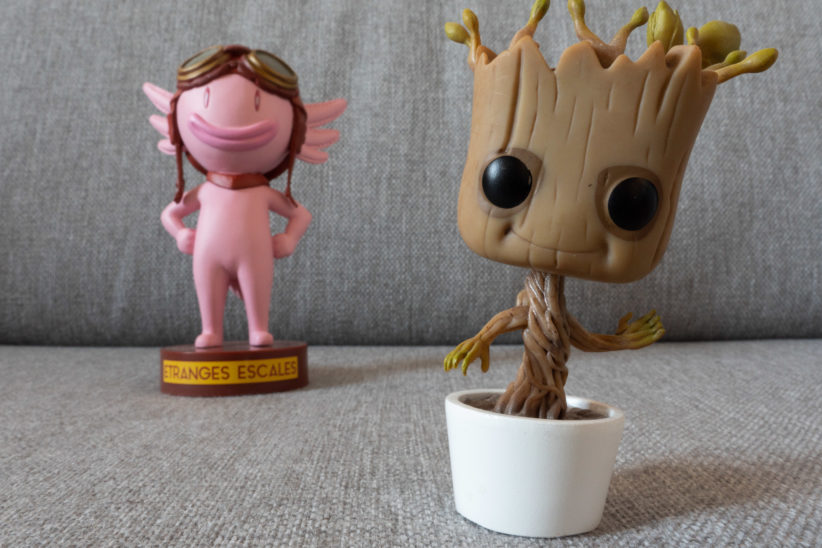
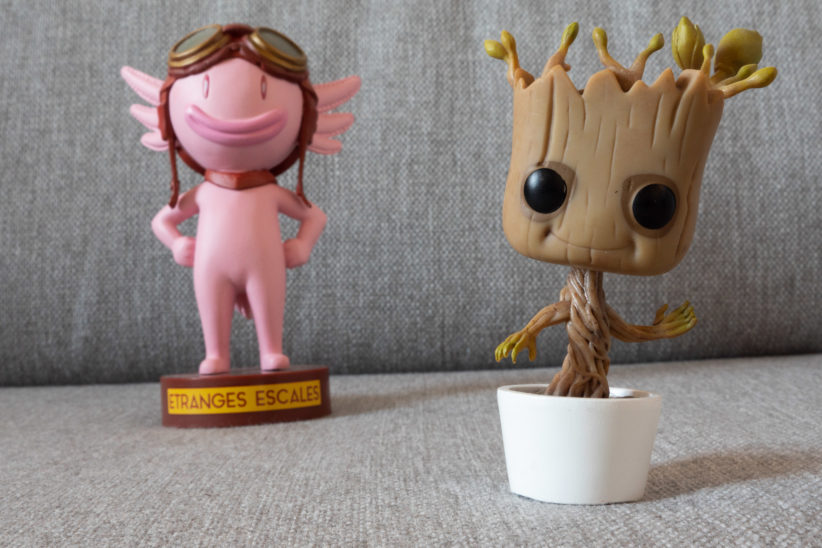
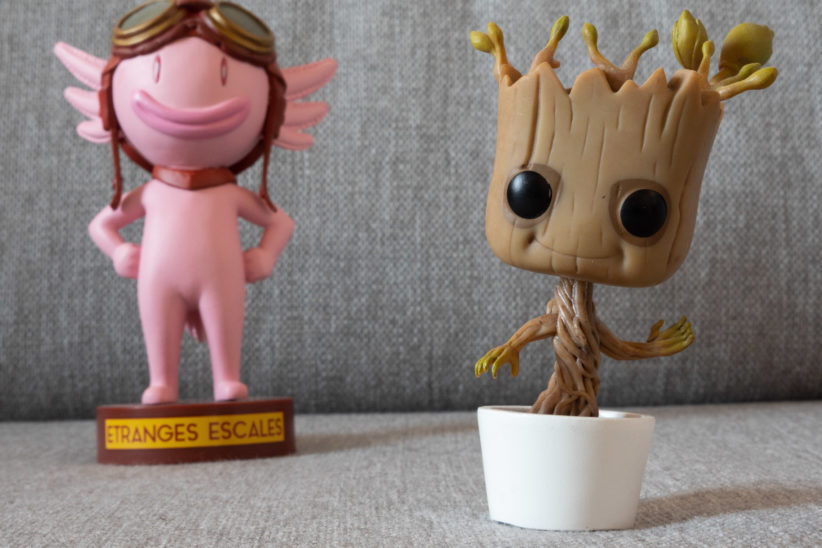
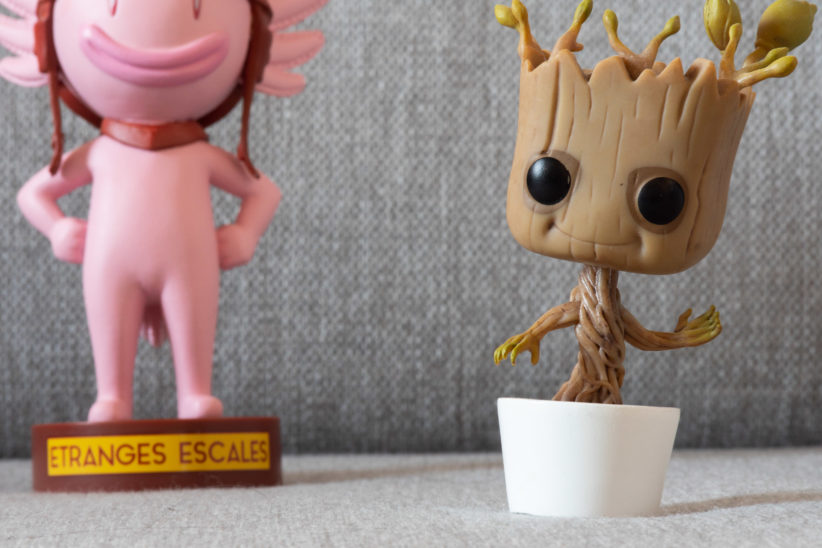
What do you notice?
- At a wide-angle lens, there’s moreincluded items in the picture. From 35 mm, we can see that Axolot’s head starts to be out of frame!
- The distance between objects looks different. At 12 mm, Axolot and the background appear more clearly. distant than 100 mm.
- To be linked with the previous point: at a wide-angle focal length, the impression of depth is bigger. When you look closely, the outlook are in fact exaggerated : Groot seems to dominate almost from its full height at 12 mm, compared to the 100 mm shot!
But beware, these last 2 points are not directly related to the focal length, but to the distance to subject Indeed, at a shorter focal length you have to be bring closer together of the subject to occupy the same place in the frame. I developed this point in an article on the secrets of perspective 😉.
In summary:
- at a wide-angle focal length, you see a large part of the background, and the distances and outlook are generally exaggerated (since you tend to be bring closer together), which tends to give the impression of a depth important.
- conversely, at a focal length of telephoto lensIf you are using a computer, you see only a small part of the background, and distances and perspectives are overwritten, which reduces the impression of depth.
Obviously, the shorter the focal length, the more the wide-angle effect is exaggerated, and conversely, the longer the focal length, the more the telephoto effect is exaggerated.
Also, don’t forget what we saw in the course about depth of field: basically, the longer the focal length, the shallower the depth of field..
In which situation should the different focal lengths be used?
Traditionally, focal lengths wide angle are appreciated for photos of landscape They increase the depth of field (the whole image is sharper more easily), and they increase the effect of depth and perspective and include a maximum number of elements in the image, allowing you to get closer.
That said, sometimes the telephoto lens is also used to make detailbut sometimes even to use directly its property of overwriting distances, as for example when you want to make a picture of the moon by representing it strongly magnified, but while including it in a landscape:
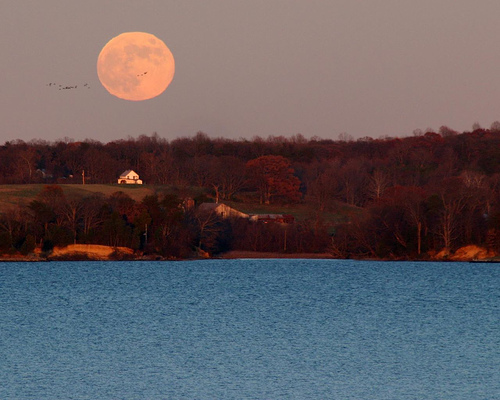
Conversely, for portraits are used instead. telephoto lenses They allow you to isolate the subject from the background by including few background elements, reducing the depth of field, and allowing you to move away from your subject diminish the effect of depth that would distort faces.
What is important to understand is that you can use your zoom other than just to “get closer” to your subject. Focal length is part of integral of the composition of the image, since it will notably modify which elements will be as part of or not. So you have to think about that when you take a picture!
Whether you are buying a lens or taking a picture, think about the different ways to use it. effects of the focal length on the rendered of your image according to what you want to achieve as a type of image! Feel free to post a comment if you have any questions, and consider subscribing to the newsletter if you haven’t already done so 😉
And don’t forget to share the article! 🙂

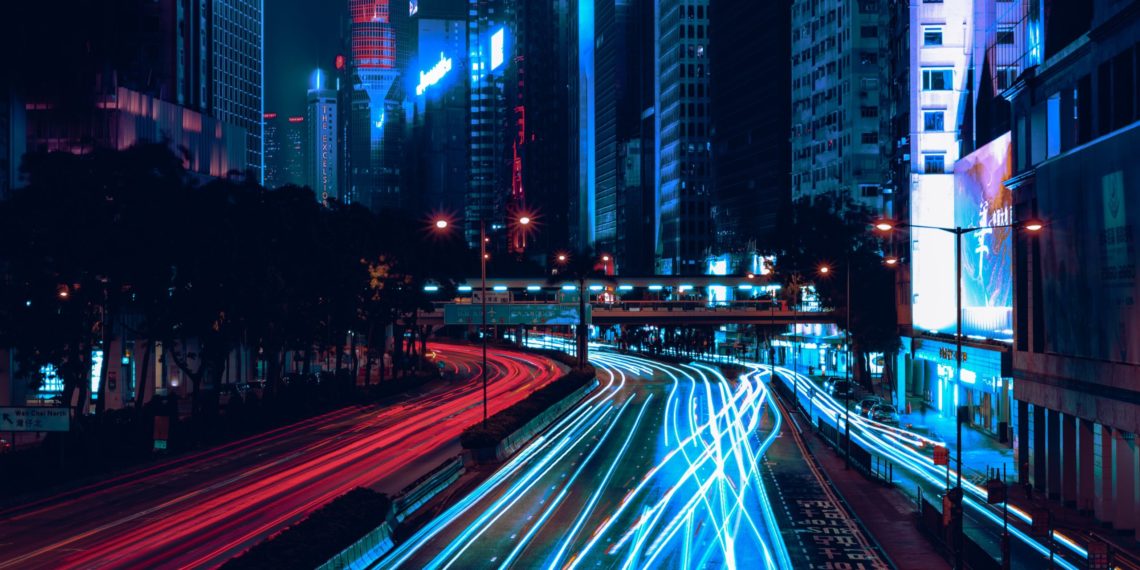


Discussion about this post